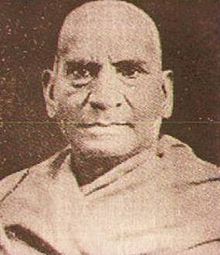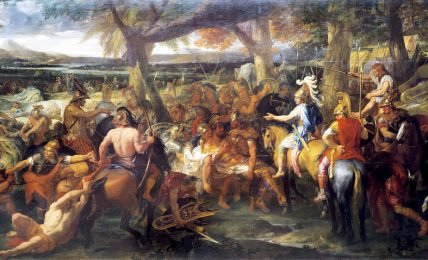Jinnah’s Petty Revenge – Operation Polo and the unneeded bloodshed
Tens of thousands died in Operation Polo. The Nizam didn't achieve anything by that grandstanding. Neither did Jinnah achieve anything by Hyderabad fighting India. But, one would see that, to satisfy his petty ego, Jinnah goaded the Nizam to take a belligerent stand leading to huge losses in life and property.





